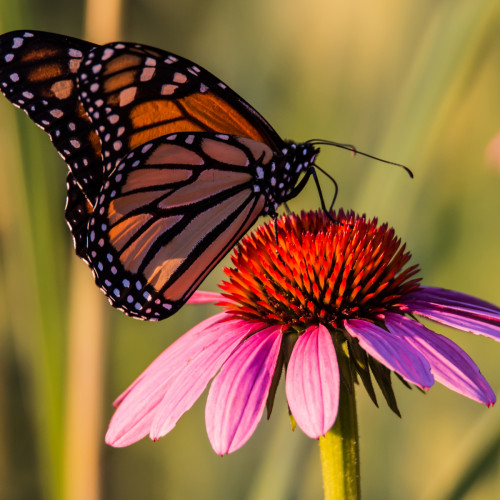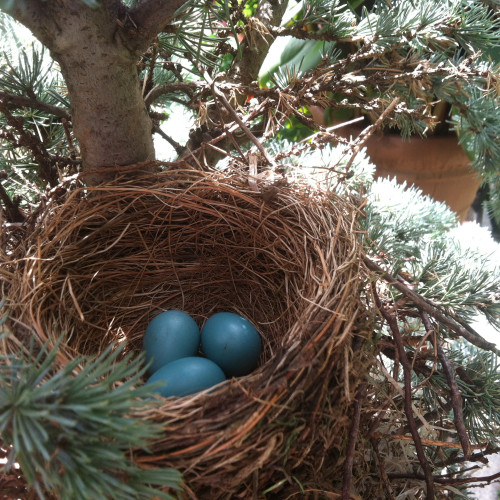Live Oaks: A Gathering Place
Live oaks have long harbored gatherings, from religious services and classes to community celebrations.

Live oaks provided a sheltered space for enslaved African Americans to meet and practice their religion.
Courtesy of The Historic New Orleans Collection, The L. Kemper and Leila Moore Williams Founders Collection, 1960.46
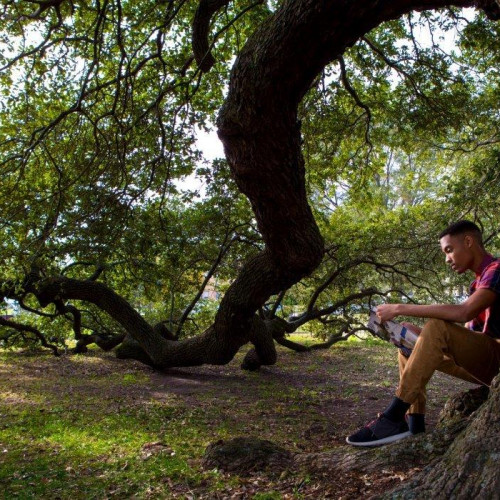
“The Emancipation Oak” on the campus of Hampton University—a historically black university in Hampton, Virginia—was the site of one of the first Southern readings of President Abraham Lincoln’s Emancipation Proclamation in 1863. Today, it continues to provide shade for resting and reading.
Courtesy of Hampton University Archives

During the Civil War, Mary Smith Peake taught newly freed African American men and women in the shade of the Emancipation Oak—despite a Virginia law forbidding the education of African Americans. Peake’s classes laid the foundations for what would become Hampton University.
Courtesy of Hampton University Archives
Witness Trees
Trees that were present at key events in American history are known as “witness trees.” Do you have a special tree in your community? Does it have a name? If not, what would you call it?
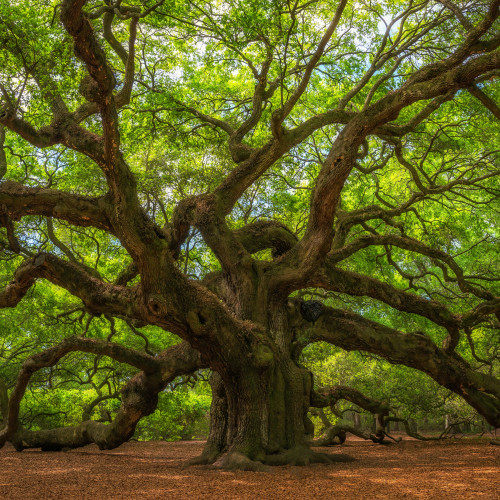
The 65-foot-high “Angel Oak” on Johns Island near Charleston, South Carolina, is believed to be one of the oldest living things east of the Mississippi. During segregation, its branches offered shade and shelter to black and white residents alike.
Photograph by Michael VerSprill
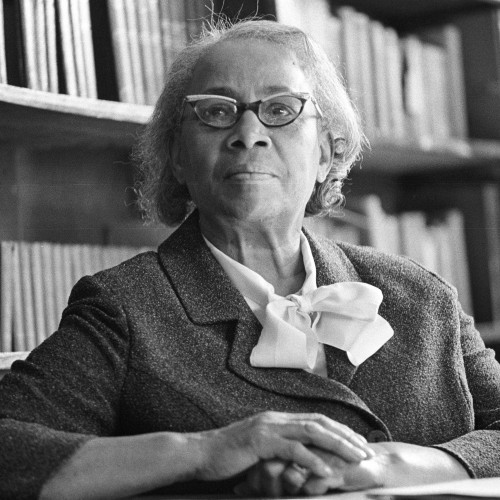
In the 1910s and ’20s, civil rights activist and teacher Septima P. Clark took her students on field trips to the Angel Oak, one of the few integrated spaces in a segregated community.
Courtesy of Special Collections, University Library, University of California Santa Cruz, UCSC Photography Services Collection.
Robles vivos: un lugar de reunión
Los robles vivos fueron por mucho tiempo el lugar elegido para reuniones, desde servicios religiosos y clases hasta celebraciones comunitarias.

Los robles vivos fueron un espacio protegido para que los afroamericanos esclavizados se congregaran y practicaran su religión.
Cortesía de The Historic New Orleans Collection, The L. Kemper and Leila Moore Williams Founders Collection, 1960.46

“El Roble de la Emancipación” en el campus de la Universidad de Hampton —una universidad históricamente negra en Hampton, Virginia— fue la sede de una de las primeras lecturas sureñas de la Proclamación de la Emancipación del presidente Abraham Lincoln en 1863. Hoy en día, sigue ofreciendo su sombra para descansar y leer.
Cortesía de Hampton University Archives

Durante la Guerra Civil, Mary Smith Peake enseñó a hombres y mujeres afroamericanos recién liberados a la sombra del Roble de la Emancipación, a pesar de que una ley de Virginia prohibía la educación de afroamericanos. Las clases de Peake sentaron las bases de lo que se convertiría en la Universidad de Hampton.
Cortesía de Hampton University Archives
Árboles testigo
Los árboles que estuvieron presentes en eventos clave en la historia de los Estados Unidos se conocen como “árboles testigo”. ¿Hay un árbol especial en su comunidad? ¿Tiene nombre? Si no es así, ¿cómo lo llamaría??

Se cree que el “Roble del Ángel” de 65 pies (20 metros) de altura en la isla Johns, cerca de Charleston, Carolina del Sur, es uno de los seres vivos más antiguos al este del Misisipi. Durante la segregación, sus ramas ofrecían sombra y refugio a residentes blancos y negros por igual.
Fotografía de Michael VerSprill

En las décadas de 1910 y 1920, la activista de derechos civiles y profesora Septima P. Clark llevó a sus estudiantes de excursión al Roble del Ángel, uno de los pocos espacios integrados en una comunidad segregada.
Cortesía de Special Collections, University Library, University of California Santa Cruz, UCSC Photography Services Collection.




